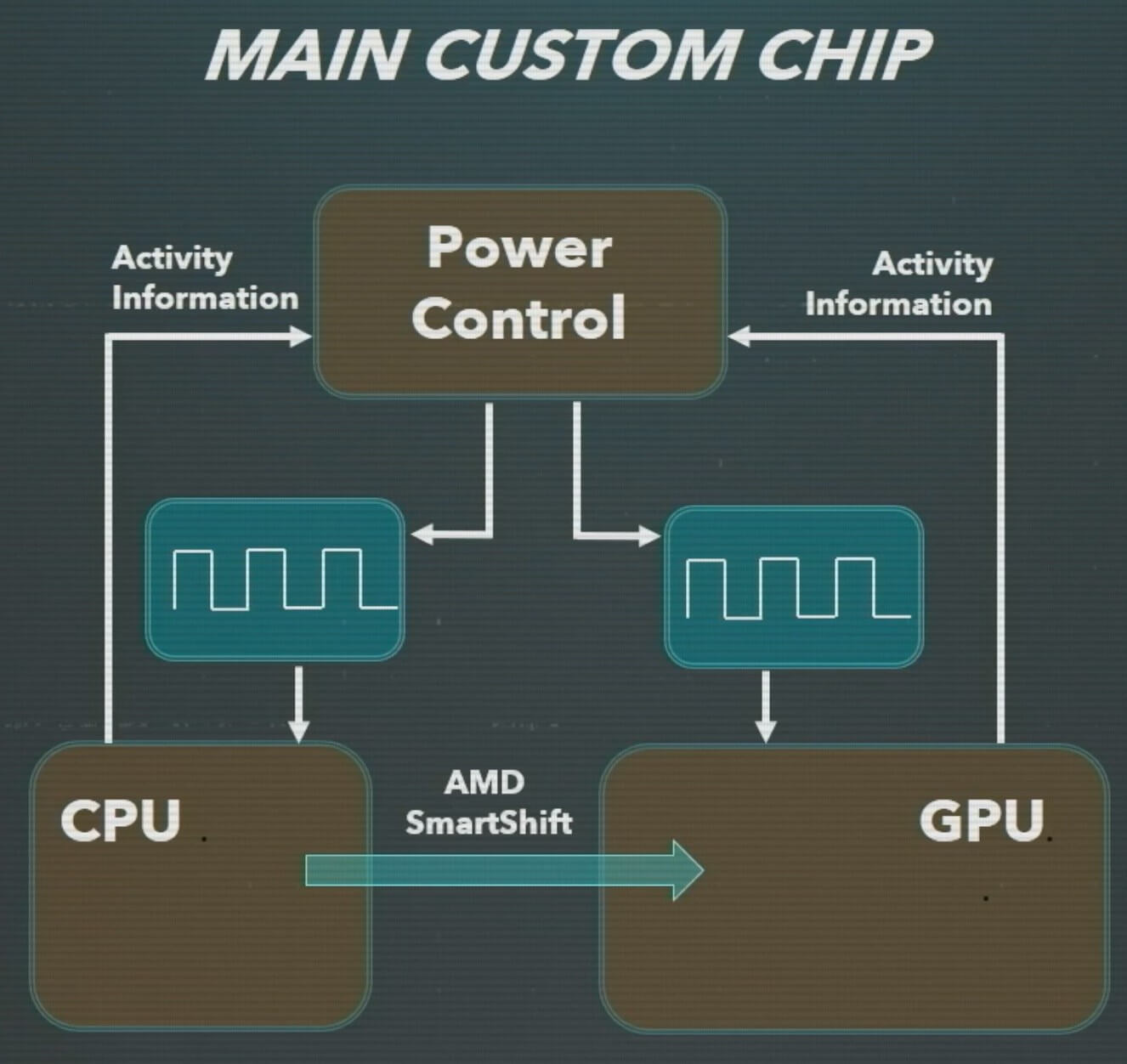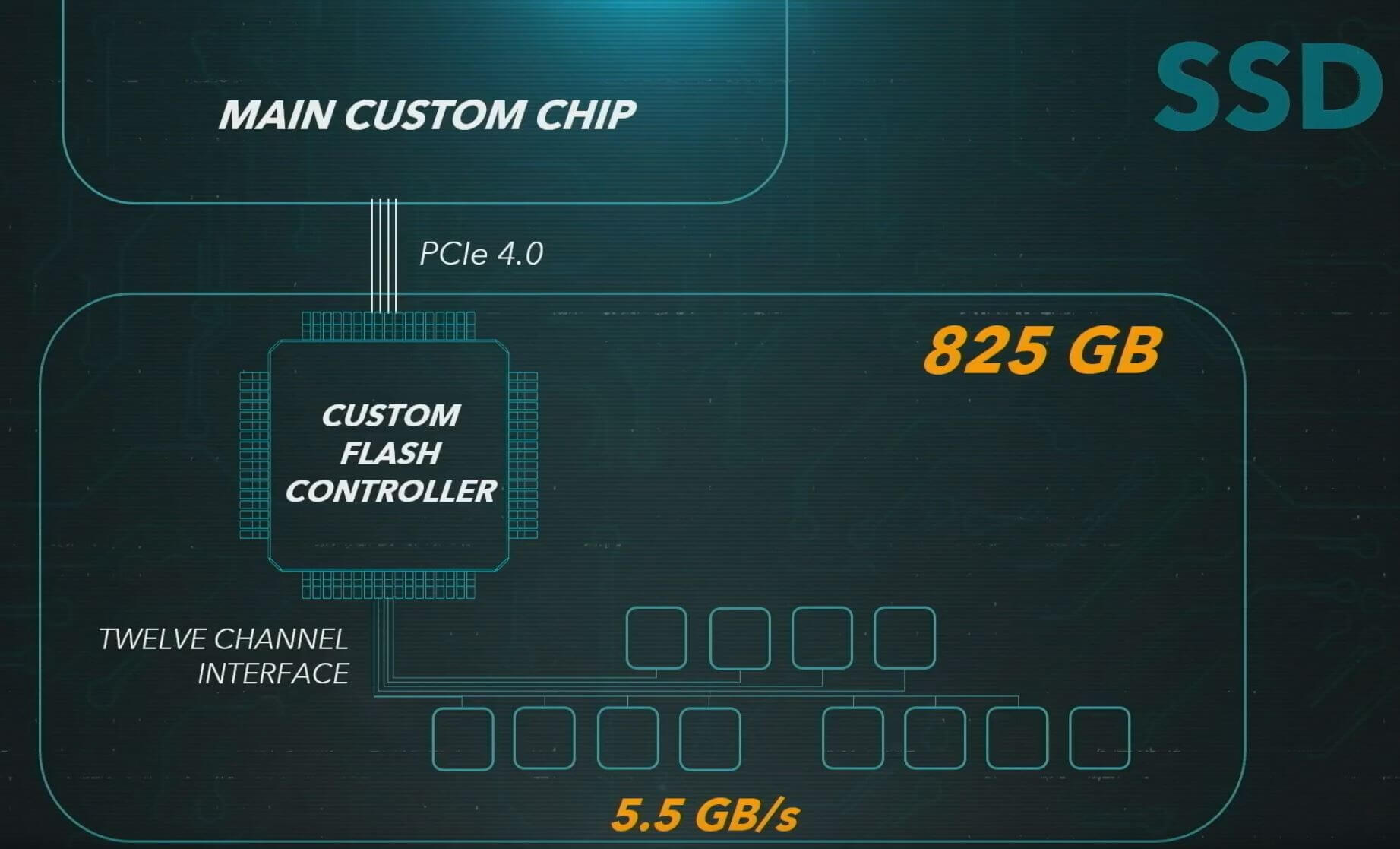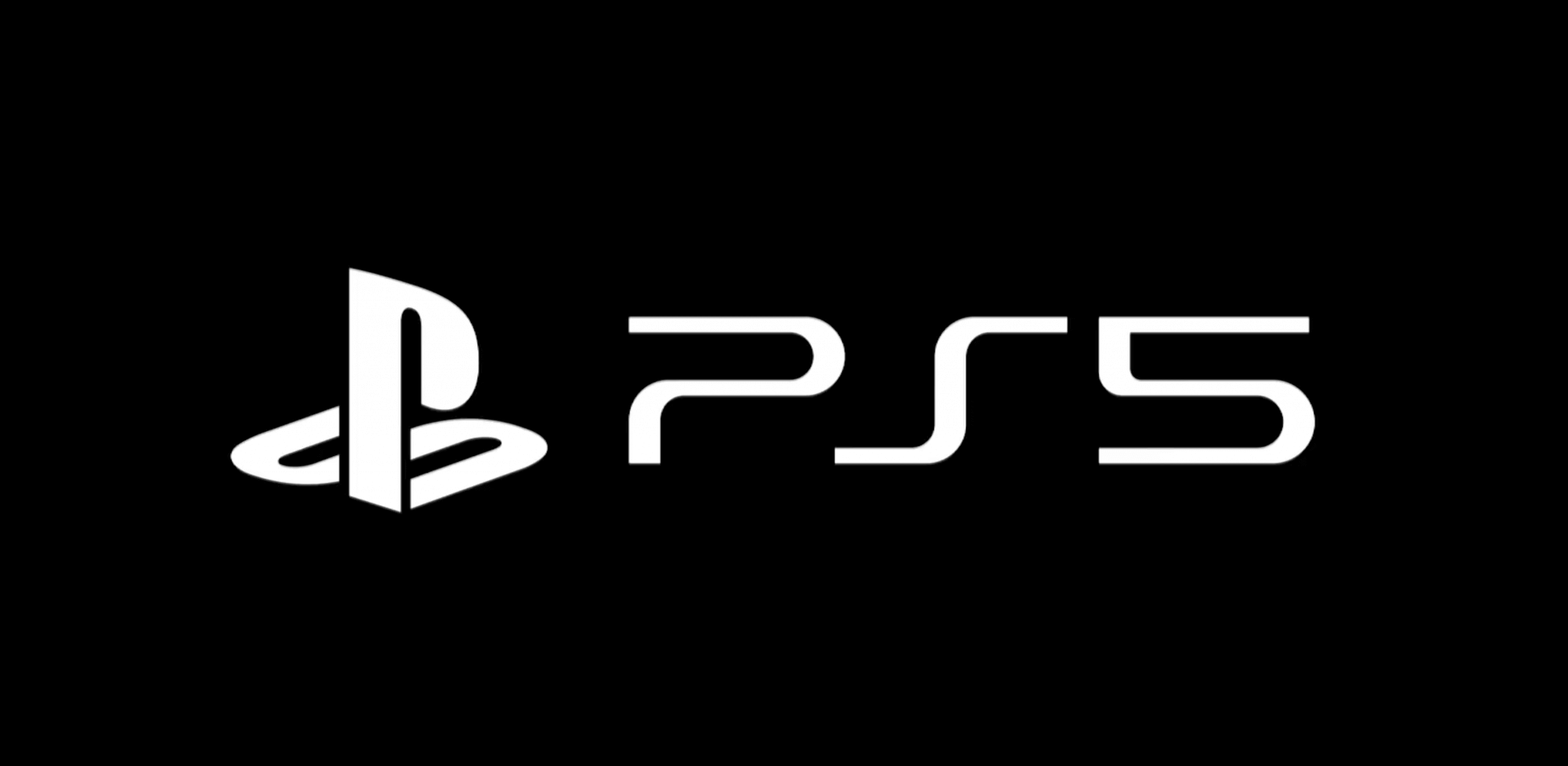The big picture: Just like Microsoft's new console, Sony devoted a lot of effort into making the PlayStation 5 feel like a true generational leap with an exotic silicon architecture and a revamped memory and storage architecture worthy of being called next-gen.
Microsoft recently revealed the full specifications and internal design details of its Xbox Series X, and now it's Sony's turn. The latter company has been a bit more secretive with the PlayStation 5, and has only been throwing small teasers like 4K, 120 Hz, and ray tracing support along with backwards compatibility for older games.
Just like the Xbox Series X, the PlayStation 5 is powered by an eight-core AMD Zen 2 CPU clocked at up to 3.5 GHz, paired with a custom AMD GPU that has 36 compute units working at 2.23 Ghz that can deliver 10.28 teraflops of FP32 processing power. The Japanese company says comparisons with the PS4 would be unfair, but something worth noting is that Microsoft's new Xbox will have more compute units for a total of 12 teraflops of peak FP32 processing power.
Sony's solution for preventing thermal issues is to use a lower number of compute units that are clocked higher instead of more compute units clocked lower. PlayStation 5 lead architect Mark Cerny explained that this configuration has proven to be more efficient in calculating geometry in most games, and game developers have an easier time filling the lower number of compute units with useful work.

The new RDNA 2 GPU compute units have 62 percent higher transistor counts than those of the PlayStation 4, while also running at a much higher clock speed - save for situations when it must drop to stay within the thermal and power envelope.
Sony calls this technology "boost," although the way it works is different from similarly named technologies. The way the company describes it is that the PlayStation 5 is designed to achieve a constant performance target regardless of ambient and operating temperatures.

This involves some clever power budgeting between the CPU and GPU, which run at variable frequencies to achieve a constant power consumption regardless of workload, as opposed to running at a constant frequency and letting the power vary based on the workload. It also means that developers will have to worry less about power consumption spikes impacting overall performance, an effort that is still going to be required with the Xbox Series X.
Sony is essentially saying that it can extract more performance from the GPU despite it looking worse on paper than the one used in the Xbox Series X. The company promises the same 4K 60/120 Hz performance target, which will sometimes require redirecting unused power budget from the CPU to the GPU to push more pixels, while clock speeds will only be dropped two or three percent at most, which is relatively minor.

The GPU in the PlayStation 5 has similarities with AMD's upcoming PC GPUs, just like the one in the Xbox Series X. That means it has support for ray tracing accelerated directly through the shaders, and Cerny confidently noted that he's "already seen a PS5 title that is successfully using ray-tracing-based reflections in complex animated scenes with only modest performance costs."
Microsoft isn't alone in thinking that next-gen consoles required a rethinking of how memory and storage architecture can be optimized to achieve fast game loading times as well as enabling developers to render complex scenes with large textures more efficiently with no popping or other similar issues.

Sony is using a smaller SSD at just 825 GB (versus 1 TB on the Xbox Series X) that achieves much faster transfer speeds thanks to a proprietary, 12-channel architecture. The quoted speed is 5.5 GB per second, which is enough to fill the PlayStation 5's 16 GB of GDDR6 RAM in just a few seconds.
The controller uses a four-lane PCI Express 4.0 interface, and has a dedicated decompression block for ZLIB and Kraken data formats that supposedly has the power of nine Zen 2 CPU cores dedicated to this specific I/O task. It also uses a dedicated DMA controller that governs data transfers between the SSD and RAM and removes an additional performance bottleneck.

Similar to what Microsoft is doing with the Xbox Series X, Sony also employs a number of tricks that bypass traditional file system limitations, courtesy of two I/O co-processors, a coherency engine, and an on-chip RAM that work together to govern situations that typically bottleneck the GPU, such as when stale data in caches needs to be flushed and the storage subsystem is busy doing other I/O operations.
The good news for developers is that they don't need to worry about the nitty-gritty about how all this works, as it all happens without outside intervention. Cerny explained that "you just indicate what data you'd like to read from your original, uncompressed file, and where you'd like to put it, and the whole process of loading it happens invisibly to you and at very high speed."

There PlayStation 5 also supports user installation of standard NVMe drives, although Cerny says the company will first have to open up a certification program to ensure you know what drives are compatible before splurging on a 4 TB PCIe 4.0 SSD.
That's because Sony's implementation offers six priority levels arbitration to developers, as opposed to just two in the NVMe standard specification. So, if you want more internal storage, it won't be quite as fast as the company's proprietary SSD, and on top of that it'll have to physically fit in the available space.

Finally, Sony spent a considerable amount of time and engineering effort to improve audio processing. The company says it created something called the Tempest Engine with the specific purpose of delivering unprecedented 3D audio fidelity. It did so by taking the PSVR's bespoke audio chipset that supports "fifty pretty decent sound sources" and designing a new engine that supports hundreds of advanced sound sources.
The company's new sound processing unit is also capable of running complex algorithms to achieve accurate sound positioning, and relies upon a custom table tied to every player that's called the Head-Related Transfer Function. The system is based on how human hearing works, and will use a neural network to generate a model that works best for your ear.

To that end, the new SPU has equivalent processing power to eight AMD Jaguar APU cores. That said, Cerny says it'll be years before developers will be able to deliver these significant quality improvements for all the different audio setups that everyone has at home.
Sony hasn't revealed the looks of the PlayStation 5, and the price remains a nebulous even for the company itself. If the new logo is any indication, the overall design of the new console isn't going to be very different.
Based on what industry watchers have said earlier this month, we're going to have to wait at least until the end of this year to find out, mainly because of the many production delays caused by the coronavirus pandemic.
